
The 'D' Got Deleted: How VC Funding Broke the Innovation Ecosystem
Last week's whitepaper isn't production-ready. But someone's already pitching it to your board. Kence Anderson has deployed 100+ autonomous AI systems for Fortune 500 companies—and watched venture capital create a research-to-PR pipeline that skips development entirely. The 'D' in R&D got deleted. Hype cycles got amplified.

Stack or Stall: Why Credentials Collapse but Ecosystems Compound
Last year's Chemistry Nobel went to non-chemists. The lasting power of purely domain-specific credentials is collapsing - but David Julian has seen this pattern before across four technological revolutions and knows what compounds instead.

Engineering Heritage: Transforming Departing Expertise into Operational Capability
Operators with 30 years of pattern recognition leave for competitors. Engineers carrying legacy system intelligence depart. Everyone understands the risk. Few solve execution: systematically extracting tacit intelligence that experts can't articulate because it operates below the conscious threshold.

Accelerating the Hydrogen Stack
Hydrogen infrastructure requires billion-dollar cryogenic systems. That's the conventional wisdom keeping hydrogen grounded. Dr. Jalaal Hayes proved it's wrong—and the implications for expeditionary operations are immediate.

Engineering Velocity: Unlocking Value Constellations
The most transformative leaders understand that building ever-larger organizational infrastructure is counterproductive. Instead, they leverage resources and achieve impact by engineering robust, trust-based networks.

Ecosystemic Infrastructure: Unlocking Complex Systems Intelligence
Information management delivers data. Knowledge management unleashes organizational intelligence - transforming how multi-stakeholder ecosystems coordinate, decide, and optimize performance across dynamic and complex networks.

Mission as Organizing Principle: How Purpose Shapes Ecosystems
Mission functions as a powerful organizing principle in market-based ecosystems. Faisal Hoque, a three-time Deloitte Fast 50 winner and transformation partner to DoD and CACI, reveals how architecting purpose into systematic structures creates a gravitational pull, drawing diverse actors into a coordinated flow. Key insight: exemplary architecture doesn't constrain innovation - it releases latent organizational potential into directed motion.

From Command Centers to Cognition Networks: The New Architecture
Traditional centralized control is obsolete. When dynamic markets and autonomous systems generate orders of magnitude more data than they can transmit, intelligence must live at the edge - and this constraint is revolutionizing everything from spacecraft to supply chains to healthcare.

The Architecture of Resilience: Human Adaptive Capacity
What if we could measure adaptive capacity with the same precision we apply to engineering rocket systems?
Dr. Irena Chaushevska Danilovska reveals how neuroscience capabilities integrate with distributed innovation ecosystems to create a mission assurance architecture for organizations seeking resilience in dynamic environments.

Human Systems Engineering: Vision as Gravitational Force
Carol Erikson reveals the breakthrough: applying aerospace systems engineering to organizational transformation unlocks exponential gains in speed, cost, and effectiveness.

The Space Manufacturing Revolution That Changes Everything
Gravity isn't just a physical force—it's an economic barrier costing America trillions in unrealized breakthroughs across semiconductors, pharmaceuticals, and defense technologies.
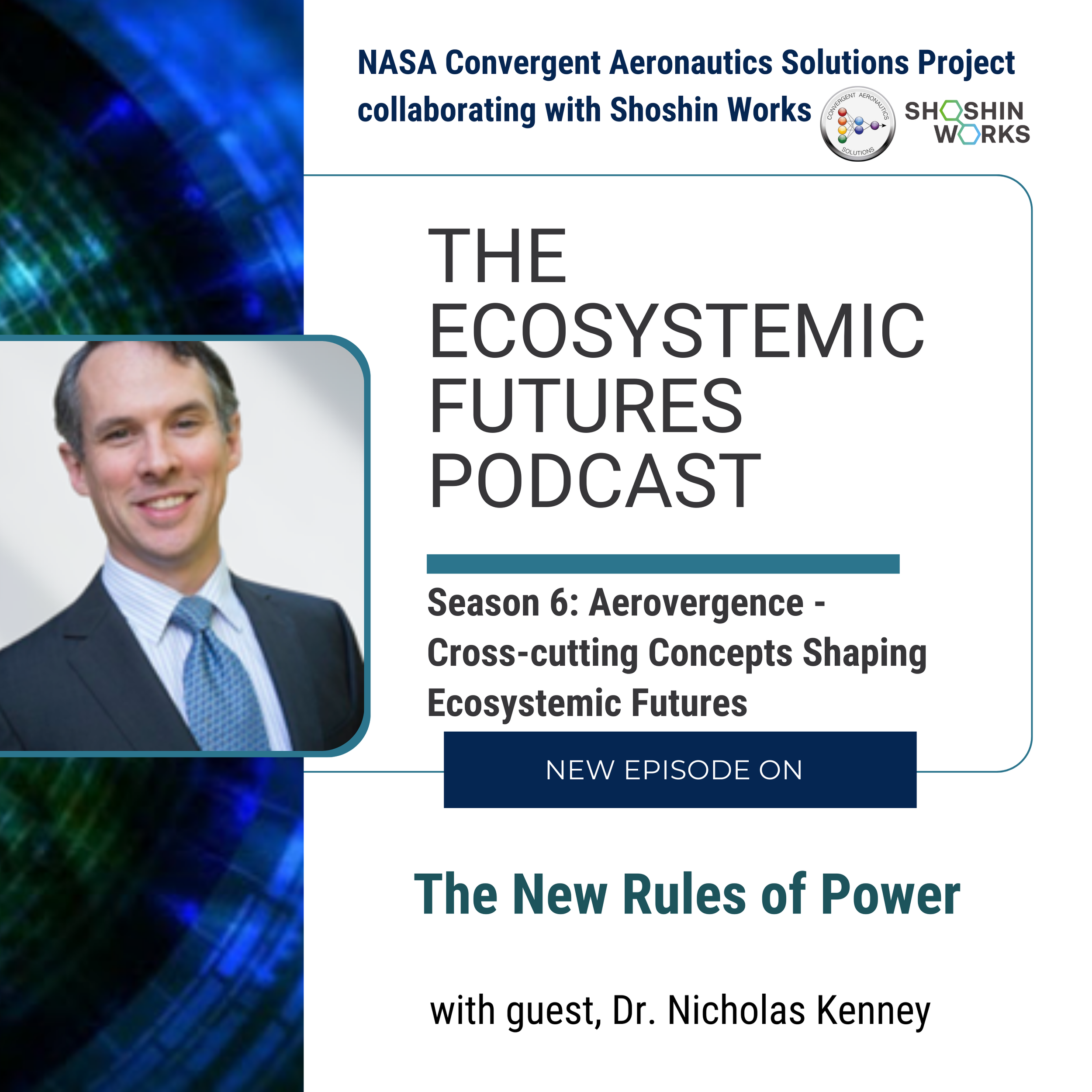
The New Rules of Power
Traditional geopolitical analysis is dead. A $10,000 drone can now destroy a $100 million military platform—and this "budgetary exhaustion" strategy is already transforming how smart companies compete. We need systems thinking to navigate the four forces reshaping global power: balance of power, technology, climate change, and the nature of warfare.
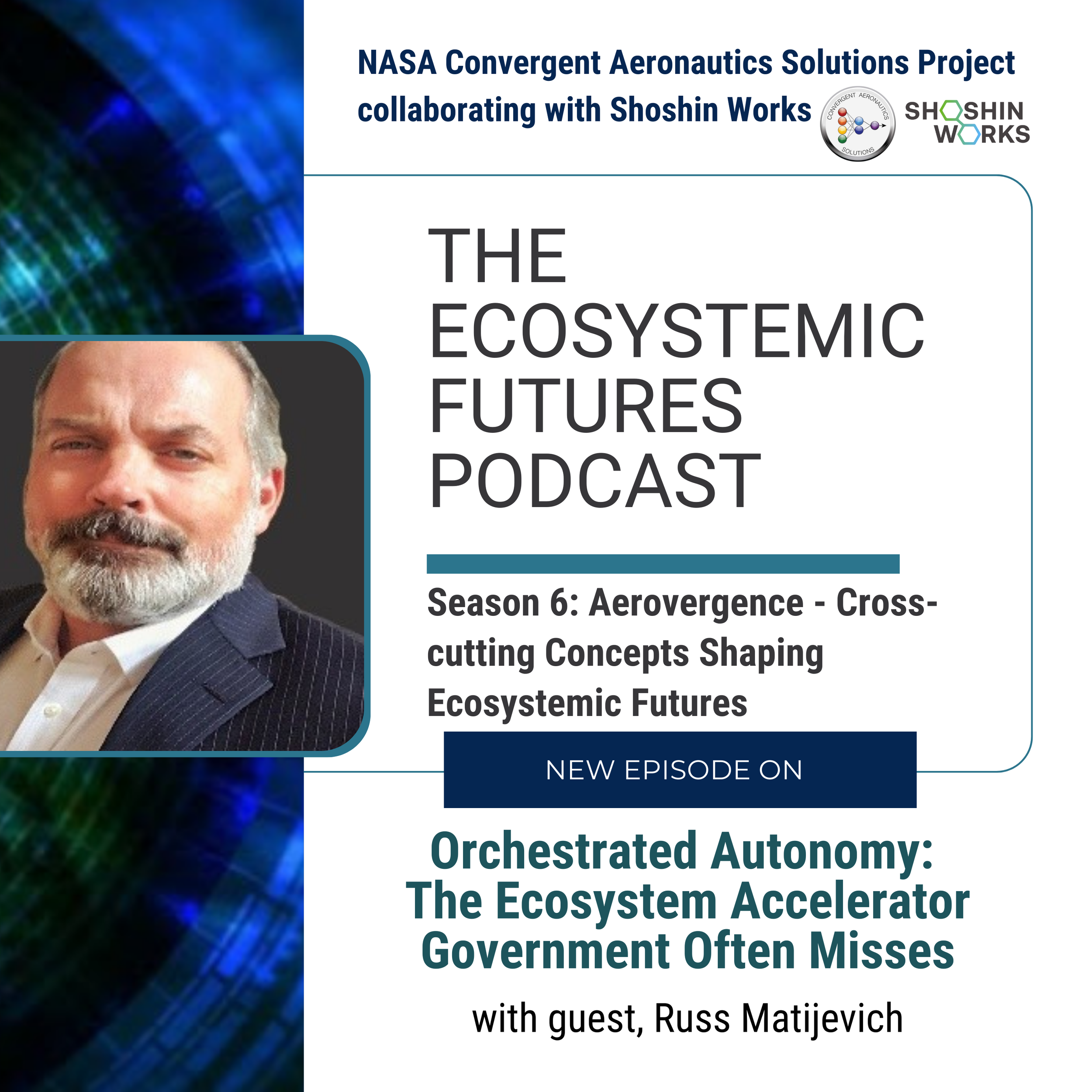
Orchestrated Autonomy: The Ecosystem Accelerator Government Often Misses
The Apollo Program achieved humanity's most significant technological leap through "orchestrated autonomy”, a hidden methodology for ecosystem velocity and optimization that modern government partnerships miss. Breakthrough insight? True innovation requires autonomous components working independently first, then strategic orchestration second.
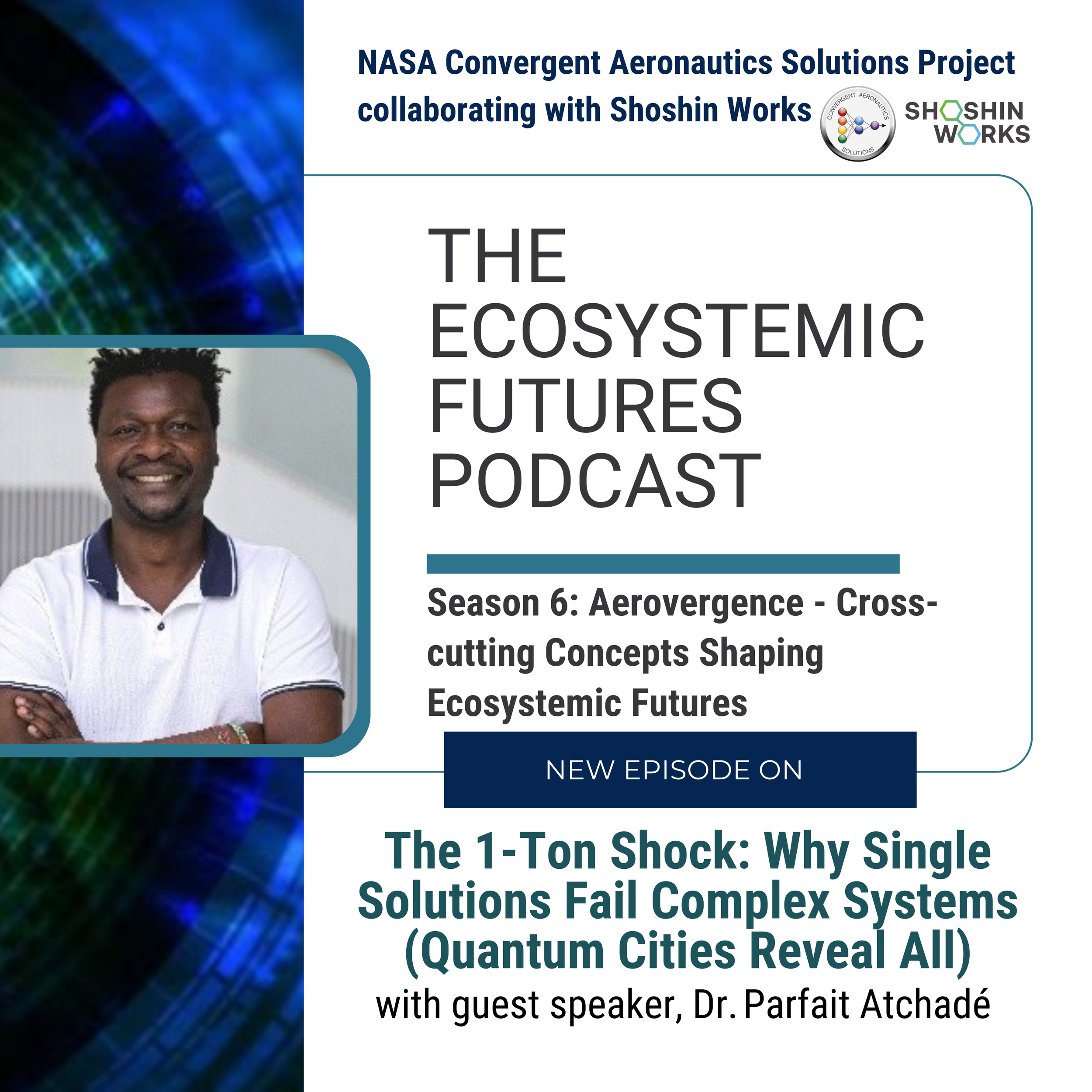
The 1-Ton Shock: Why Single Solutions Fail Complex Systems (Quantum Cities Reveal All)
The revelation that shattered systems thinking: Replacing every combustion car with electric vehicles improves urban efficiency by only 6%—revealing why isolated optimizations fail in complex ecosystems.
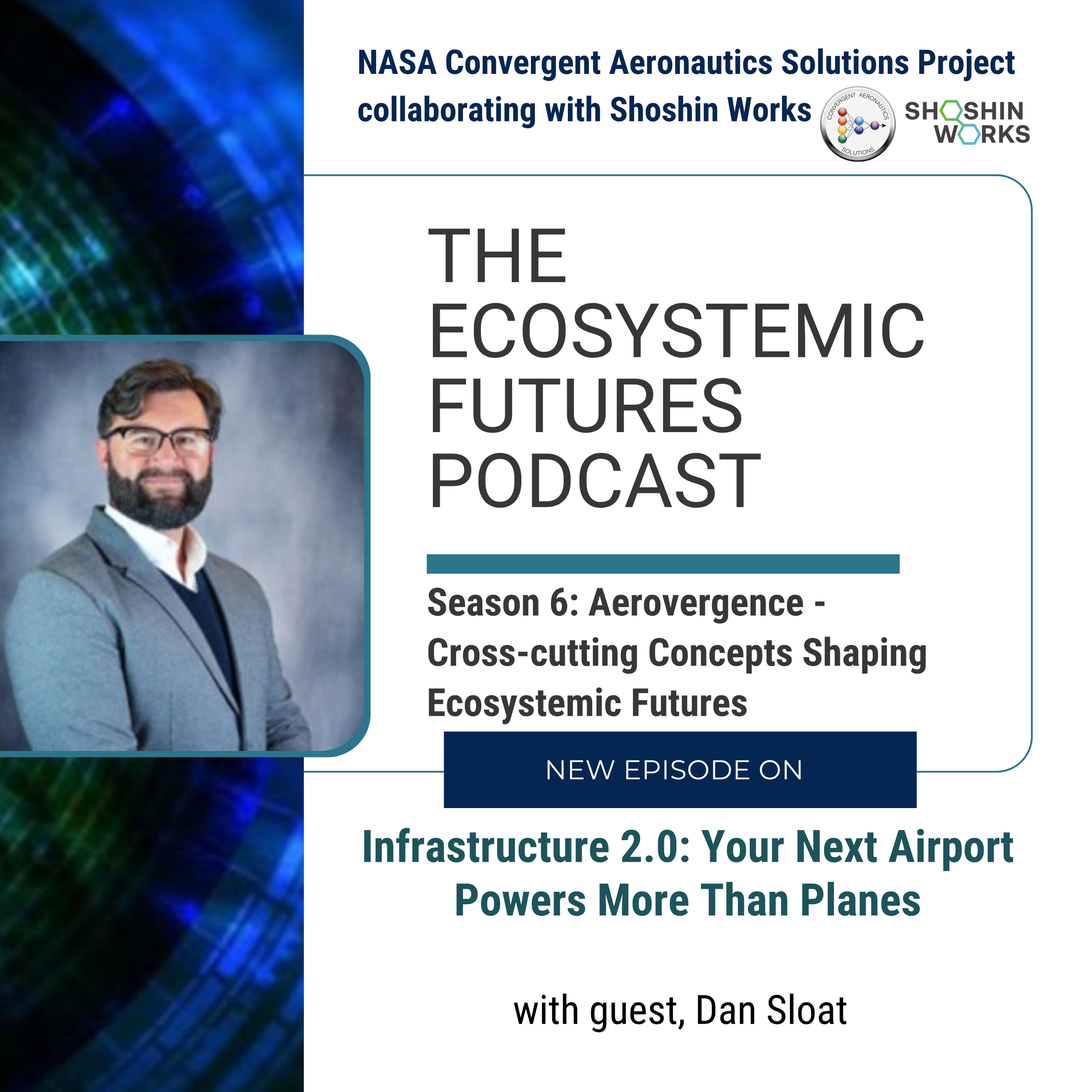
Infrastructure 2.0: Your Next Airport Powers More Than Planes
Transportation infrastructure is about to flip inside-out. The revelation? Advanced Air Mobility isn't just creating flying cars—it's concurrently addressing energy opportunities by transforming airports from power consumers into community power providers.
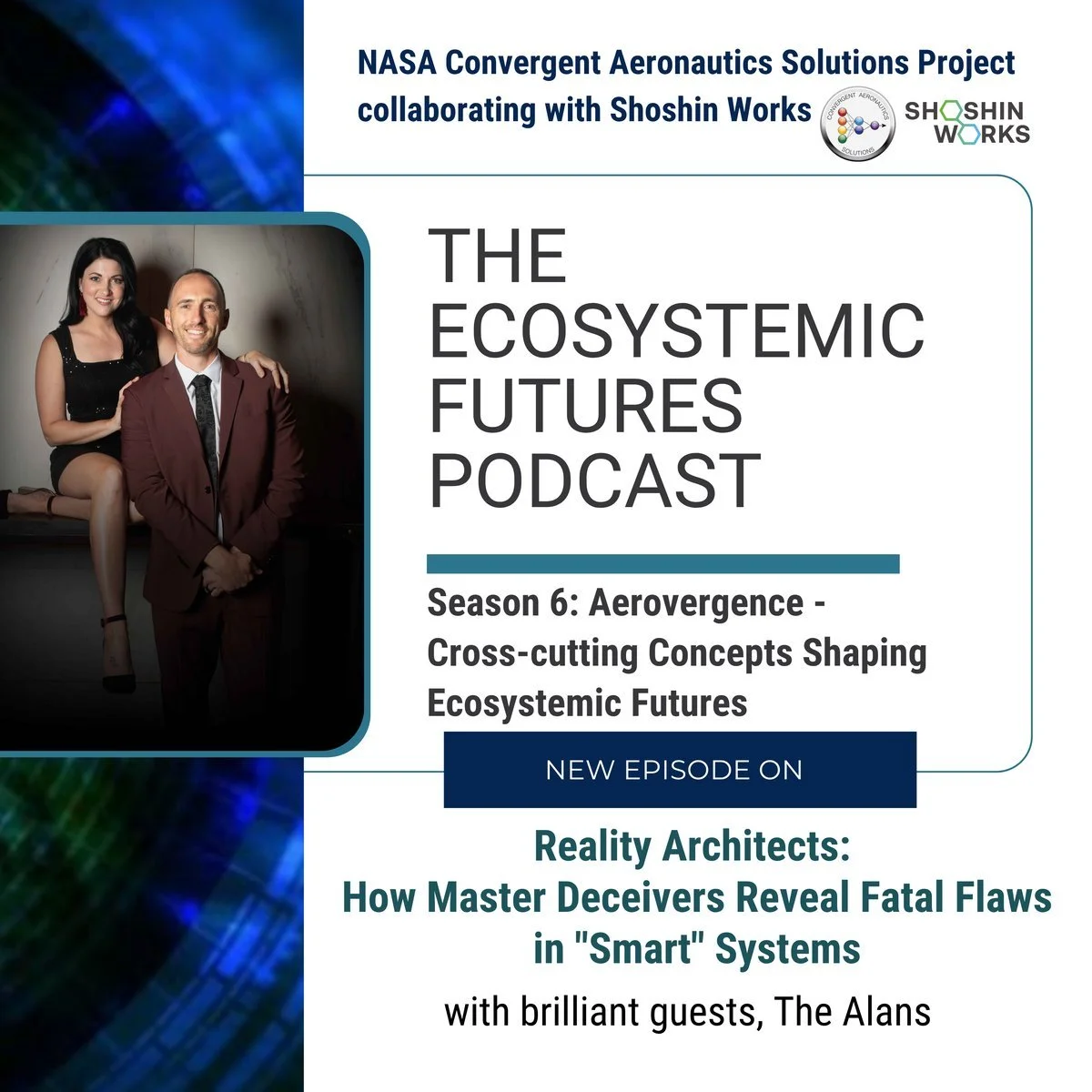
Reality Architects: How Master Deceivers Reveal Fatal Flaws in "Smart" Systems
Harvard scientists fell for table-flipping séances while 8-year-olds saw through million-dollar magic tricks. The revelation? Your most intelligent people systematically miss the most obvious solutions and risks —and this expertise blind spot risks limiting every "intelligent" system we build.
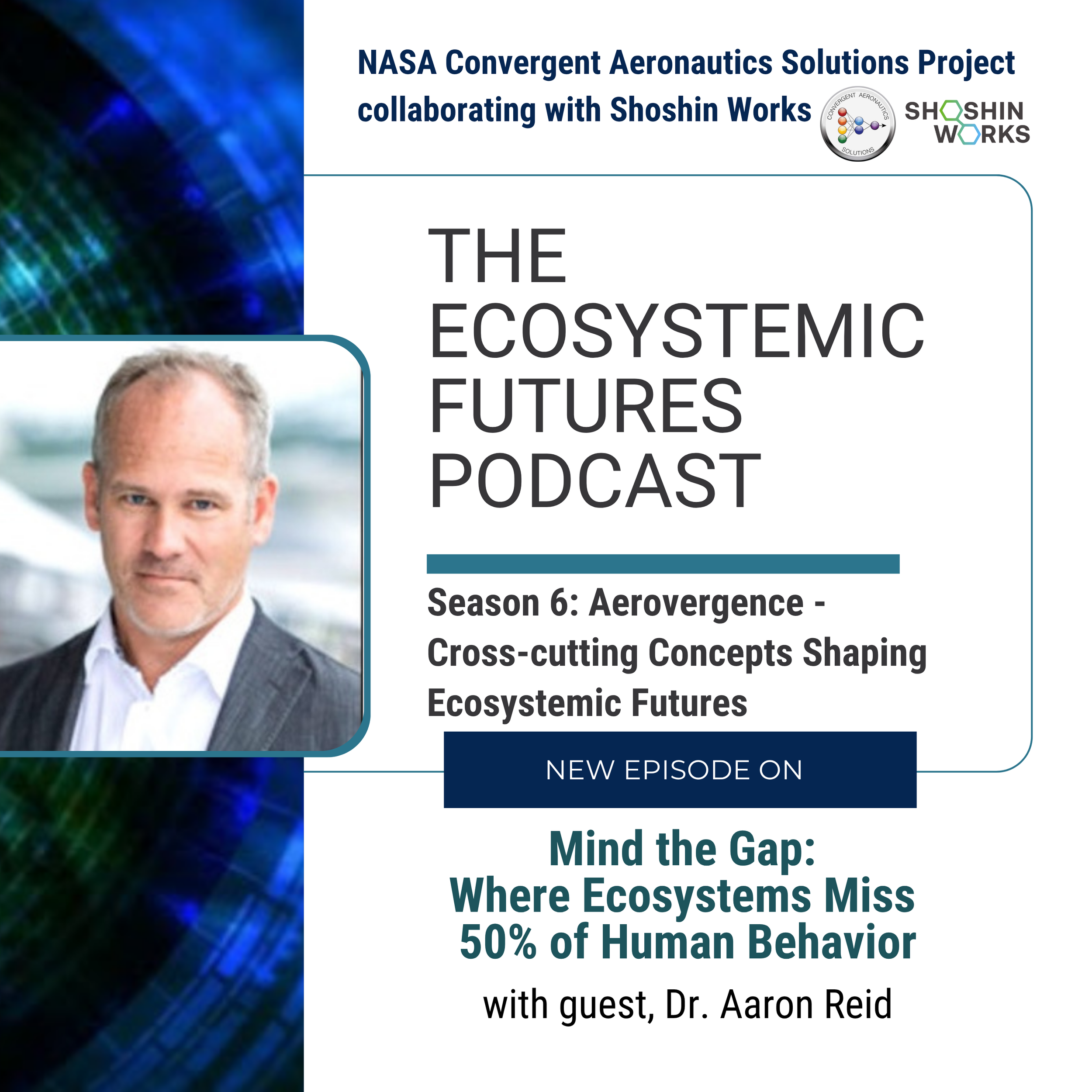
Mind the Gap: Where Ecosystems Miss 50% of Human Behavior
While ecosystem architects optimize for logical decision-making, they overlook the implicit forces that drive actual stakeholder behavior. Dr. Aaron Reid, founder of Sentient Decision Science, reveals a mathematical breakthrough: systems that incorporate both conscious reasoning and unconscious emotional drivers achieve 94% behavioral prediction accuracy, compared to 50-60% for traditional rational-actor models.

Ecosystemic Design: How Nature Redirects 1,200 G-Forces
Woodpeckers don't have super-strong skulls that absorb 1,200 G-forces—they have interconnected geometric features that fragment and redirect energy, so the brain never experiences the full impact. Alain Bujold, a visionary R&D expert with 27 years of experience leading over 140 projects and holding 18 patents, reveals how ecosystemic thinking transforms protection.

Unraveling Linear Thinking: Unlocking $500B in Hidden Economic Value Through Ecosystemic Transformation
Textile innovators shatter assumptions—strategic design choices create immediate circular economics. Dr. Rawaa Ammar, Chief Sustainability & Impact Officer at Resortecs, reveals a counterintuitive reality: While companies optimize in isolation, the industry collectively discards $500 billion in materials (equivalent to one garbage truck of textiles every second). Ecosystemic design captures 85-90% through active disassembly—but only when entire value chains collaborate.

High Velocity Market Ecosystems: ASEAN's Integrated Industrial Exchanges
Global consensus is the enemy of market efficiency. The solution lies in interconnected market ecosystems that work, while others debate.
Many business leaders assume that global alignment is necessary first, followed by implementation. But ASEAN is proving the opposite—regional market ecosystems can out-innovate global bureaucracy. Dr. Renard Siew, President of the Malaysia Carbon Market Association, breaks down the economics: Compliance-integrated exchange markets trade $200-300 billion annually, while voluntary efficiency trading platforms remain at $2 billion.
